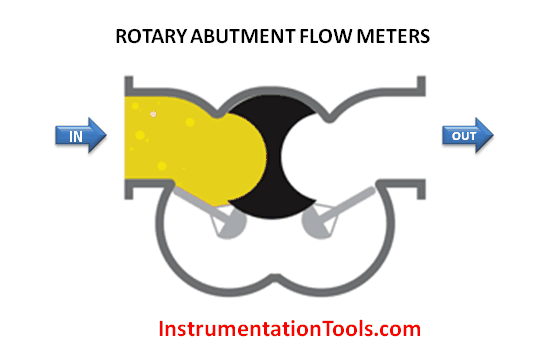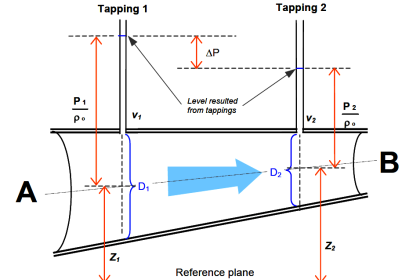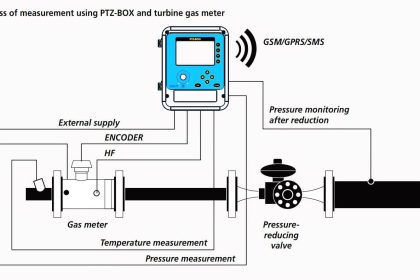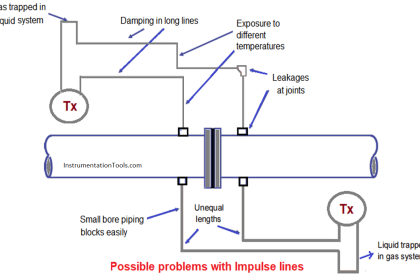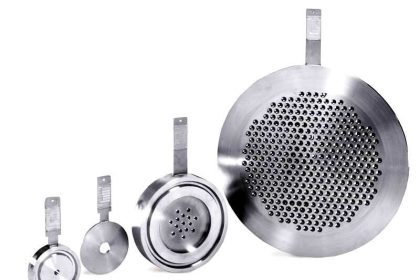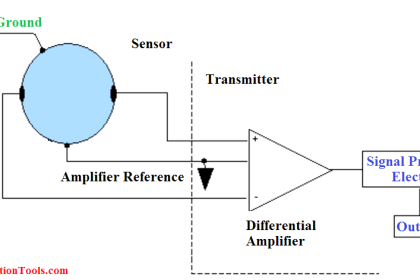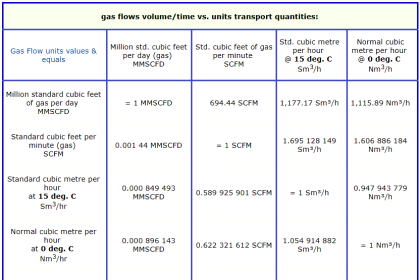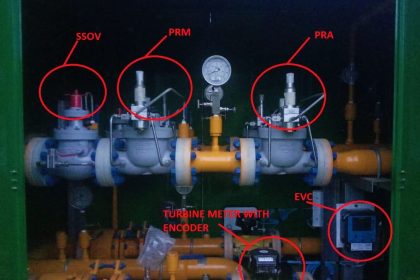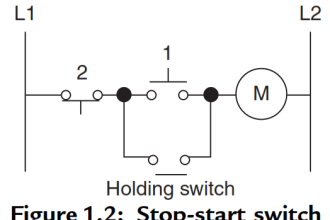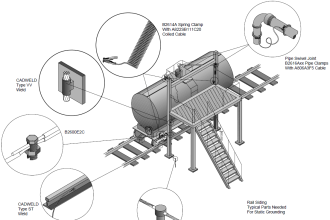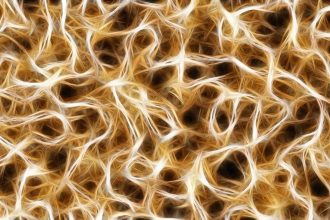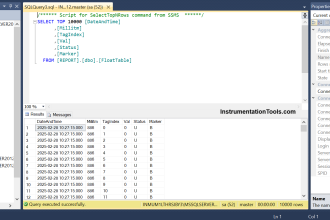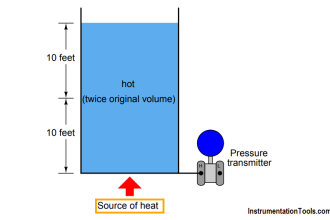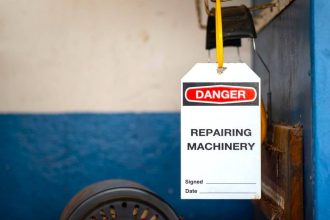A digital turbine flowmeter generates 10 pulses per gallon of liquid passing through it.
Determine the meter coefficient and calculate the scaling factor that is needed to develop an output in which each pulse would represent 100 gallons.
Turbine Flow Meter Scaling Factor
Solution:
The meter coefficient is as follows:
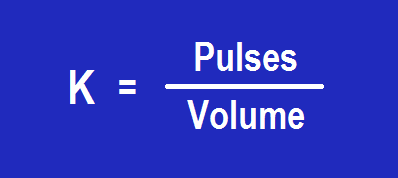
K = Pulses / Volume
so as per above inputs, K = 10 Pulses / gallon
The scaling factor is as follows:
= (10 pulses/gallon) x (100 gallons)
= 1000 pulses
Therefore, a scaling factor of 1,000 is necessary to ensure that the flowmeter’s digital circuit generates one output pulse for every 1,000 pulses generated by the magnetic pickup coil.
If you liked this article, then please subscribe to our YouTube Channel for Instrumentation, Electrical, PLC, and SCADA video tutorials.
You can also follow us on Facebook and Twitter to receive daily updates.
Read Next:
- Vortex Flow Meter Principle
- Dall Tube Flow Meter Principle
- Flow Meter Verification
- MPFM Working Principle
- Flow Transmitter Questions
